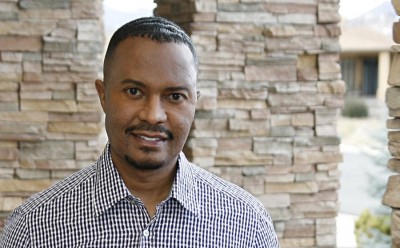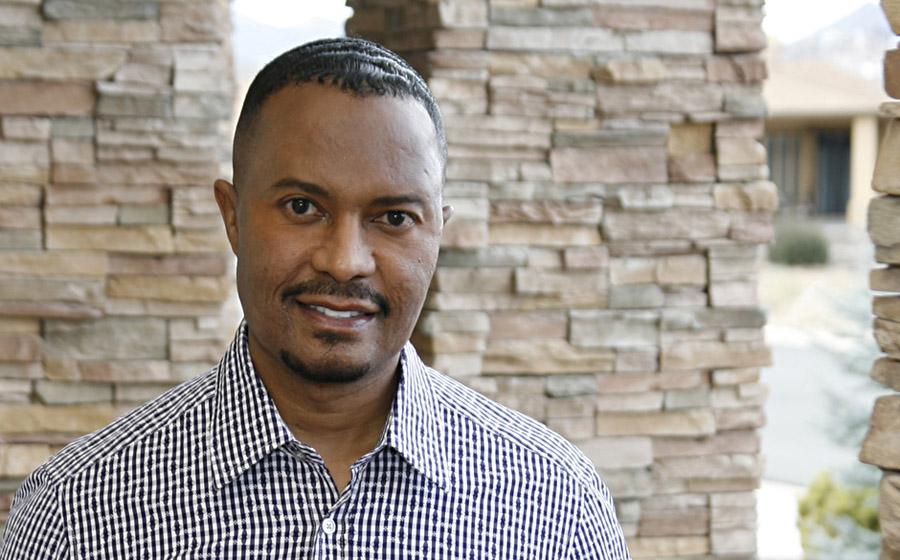 The array of names by which the Democratic Republic of the Congo (DRC) has been known over the years—the Congo Free State, the Belgian Congo, and Zaire, among others—bespeaks its long history of exploitation and conflict. In the ongoing fallout from the Second Congo War alone, well over 5 million people have been killed—approximately the population of Minnesota and approaching the number of Jews killed in the Holocuast. Even now, a deadly assortment of militias, M23 and Mai Mai prominent among them, continues to fight in the eastern DRC, where reports abound of horrifying acts of murder and rape in towns such as Goma, capital of North Kivu province on the border with Rwanda.
The array of names by which the Democratic Republic of the Congo (DRC) has been known over the years—the Congo Free State, the Belgian Congo, and Zaire, among others—bespeaks its long history of exploitation and conflict. In the ongoing fallout from the Second Congo War alone, well over 5 million people have been killed—approximately the population of Minnesota and approaching the number of Jews killed in the Holocuast. Even now, a deadly assortment of militias, M23 and Mai Mai prominent among them, continues to fight in the eastern DRC, where reports abound of horrifying acts of murder and rape in towns such as Goma, capital of North Kivu province on the border with Rwanda.
Although most of the developed world has long been unburdened with knowledge of the violence in the DRC, the slaughter is intricately linked to electronic components carried by millions of people in the United States and Europe. The tantalum capacitor is a reliable and stable component of electronic circuitry found in smartphones, DVD players, video game systems, laptops and tablets, hearing aids, pacemakers, and jet engines. Tantalum is extracted from coltan, short for columbite-tantalite, which is a dull, black, metallic ore mined in the DRC. Artisanal and small-scale miners do the work in filthy, dangerous, and taxing conditions. At the bottom of the supply chain, these workers earn a pittance, but the mining is often their sole income source.
In Goma and other eastern Congo towns close to Rwanda, coltan and conflict go hand in hand. Revenue from the mineral trade fuels the war. A 2001 UN Panel of Inquiry stated: “Here lies the vicious circle of the war. Coltan has permitted the Rwandan army to sustain its presence in the Democratic Republic of the Congo.”
Harsh public criticism of Apple and other manufacturers for essentially selling the public “blood phones” containing the conflict mineral coltan has forced electronics companies like Nokia to take a position. Although a 2010 off-the-cuff comment by Steve Jobs calling the conflict mineral trade “a very serious problem”—but seeming to dismiss it—was less than satisfactory, the Enough Project, which has been ranking companies by how well they keep conflict minerals out of their supply chains, has since shown that Apple and three other leading companies – Intel, Motorola Solutions, and HP – have been pioneers of progress. In its 2012 corporate rankings report, Enough states that “a majority of leading consumer electronics companies have moved ahead in addressing conflict minerals in their supply chains—spurred by the conflict minerals provision in the Dodd-Frank Wall Street Reform and Consumer Protection Act and growing consumer activism, particularly on college campuses.”
But that provision in the Dodd-Frank Wall Street Reform and Consumer Protection Act caused controversy as well, because in practice, as Motorola executives complained, “there currently is no recognized system to verify that the sources of minerals from the DRC are conflict free, efforts to secure supply chains have led to a de facto embargo of minerals from the region while such systems are being developed.”
That could have grave consequences for the lowly Congolese artisanal miner, who could end up losing his only livelihood as a result of a blanket boycott of all DRC mines. Coltan should be conflict-free, not necessarily “Congo-free.” Paradoxically, although the DRC is the heart of the coltan discussion and has among the world’s largest reserves of the mineral, it has never been the largest producer. Other countries export greater amounts, including Australia and Brazil.
Like other complex war-torn regions, eastern Congo has its share of visits by journalists and filmmakers. A feature by Vice News takes the viewer on a particularly harrowing, eerie, and even sometimes amusing adventure through a region of confusing politics and an alphabet soup of militias.
Reports from the DRC in general and eastern Congo in particular are relentlessly depressing. But actor-director Ben Affleck, founder of the advocacy group Eastern Congo Initiative, combines a realistic appreciation of the region’s staggering challenges with uplifting messages of hope. That can be a welcoming change from the usual negative slant. Affleck’s sincerity doesn’t appear in doubt, but whether it’s Clooney, Jolie, or Damon, serious questions arise about the motives, goals, and ultimate effectiveness of aid for Africa, celebrity-driven or not. Dambisa Moyo, Zambian-born economist and author of the bestseller Dead Aid, is fiercely against foreign aid to Africa.
Nevertheless, the same human nature that can turn a person into a killer can also elicit a desire to relieve suffering and strife. Perhaps that’s why Affleck has chosen to focus on as volatile a region as eastern Congo. He is either a visionary or a naïf. In either instance, he may be dreaming of a day when militias in Congo and Rwanda lay down their arms, kids go to school, and potable water comes to Goma. We join Mr. Affleck in that dream.
